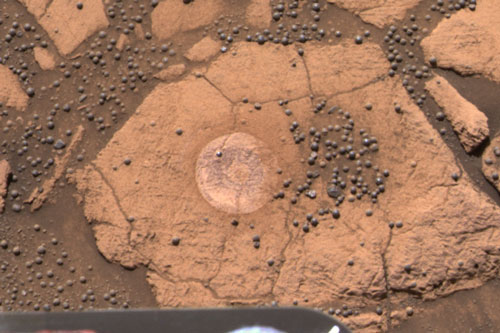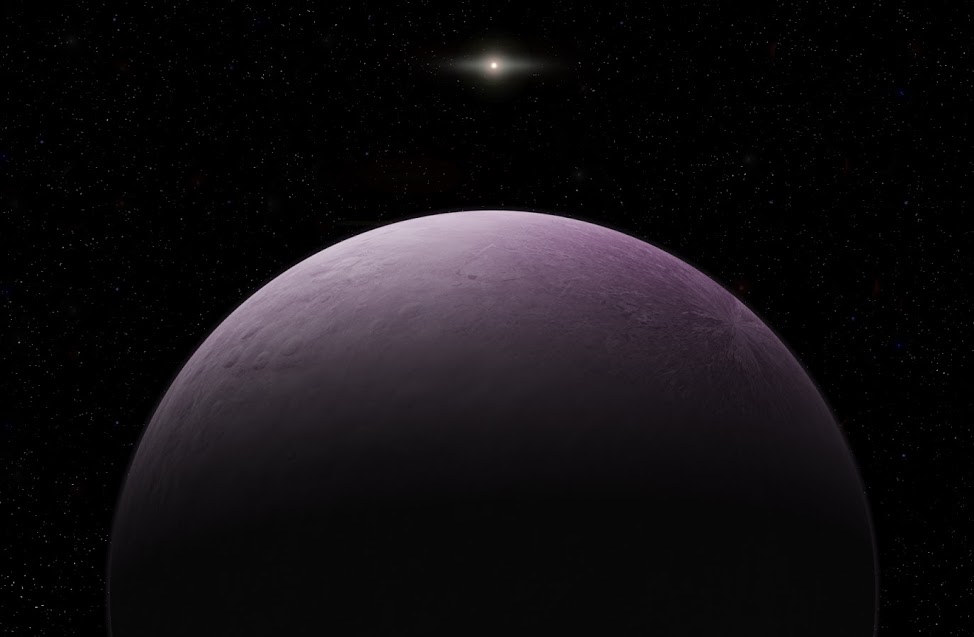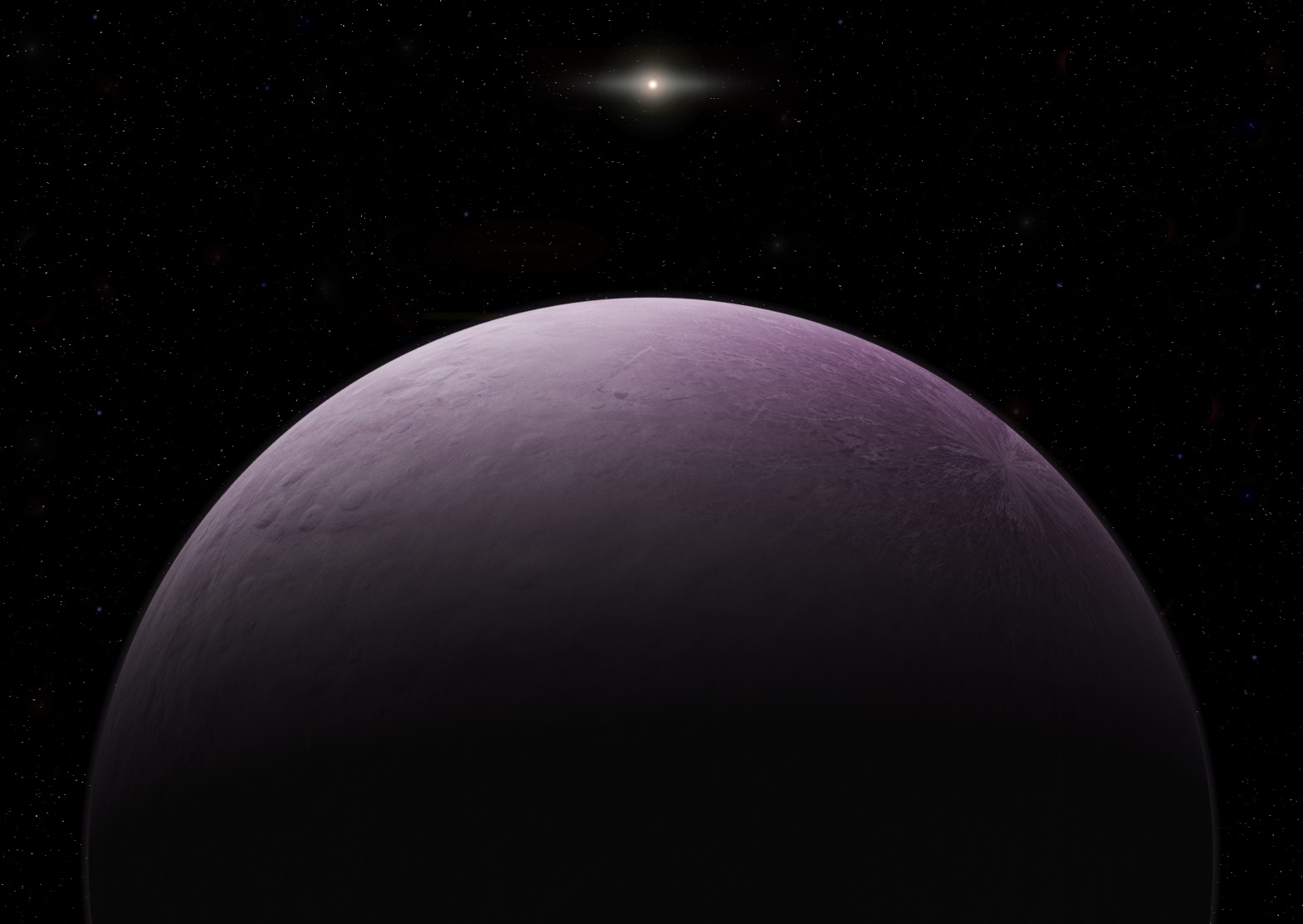
Feb. 14, 2019
Farewell, Opportunity. This six-wheeled solar-powered rover approximately the size of a golf cart has been immobile and unable to respond to radio signals since it entered a power-saving contingency mode during a sun-blocking dust storm on Mars during the summer of 2018. After more than a half year of effort to re-establish communications with Opportunity, NASA declared on Wednesday that Opportunity’s mission has come to an official end. Opportunity began exploring the flat plains of… Read more
NAU planetary scientist talks about her work with NASA studying asteroid Bennu (VIDEO)
Feb. 7, 2019
What can the asteroid Bennu tell us about the universe and its origins? Assistant astronomy professor Cristina Thomas talked to NAU-TV about her experience as a team member of NASA’s OSIRIS REx mission, which landed on the asteroid late last year and is collecting samples of regolith, or loose surface material, which scientists think may have answers about the earliest history in the solar system.
Thomas’ research focuses on asteroids and near-Earth projects; she recently completed… Read more
NAU faculty help discover “Farout,” most distant solar system object seen
By KAITLIN OLSON, Sun Staff Reporter
Click HERE for the Arizona Daily Sun article.
NAU’s Trujillo on team discovering farthest solar system object ever seen

Jan. 4, 2019
A team of astronomers, including Northern Arizona University scientist Chad Trujillo, earlier this week announced their discovery of an object at about 120 astronomical units (AU) from Earth—the farthest observed object in the solar system. One AU represents the distance between the Earth and the Sun, approximately 93 million miles.
Nicknamed “Farout” by the discovery team—and formally designated 2018 VG18 by the International Astronomical Union—the object is… Read more
Discovered: The Most-Distant Solar System Object Ever Observed

Washington, DC— A team of astronomers has discovered the most-distant body ever observed in our Solar System. It is the first known Solar System object that has been detected at a distance that is more than 100 times farther than Earth is from the Sun.
The new object was announced on Monday, December 17, 2018, by the International Astronomical Union’s Minor Planet Center and has been given the provisional designation 2018 VG18. The discovery was made by Carnegie’s Scott… Read more
‘Farout,’ the most-distant solar system object discovered – CNN
The International Astronomical Union’s Minor Planet Center announced the discovery Monday, calling the object 2018 VG18. But the researchers who found it are calling it “Farout.”
They believe the spherical object is a dwarf planet more than 310 miles in diameter, with a pinkish hue. That color has been associated with objects that are rich in ice, and given… Read more